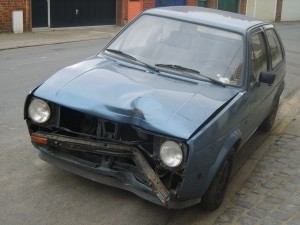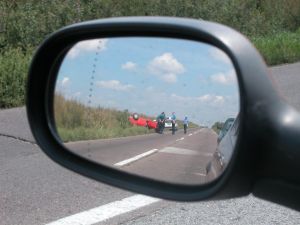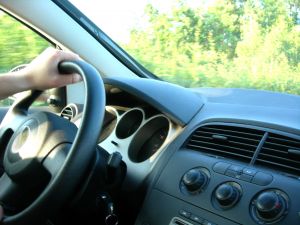Could Phone Records Assess Blame for San Antonio Accidents?
When a rear-end accident occurs in San Antonio, Alamo Heights, Olmos Park, Terrell Hills and surrounding areas, the driver in the rear vehicle is typically assumed to be the person wholly or partly responsible for causing the collision to occur. The driver in the rear is the one who is at fault in most cases because it is his responsibility to leave enough room between his car and the lead vehicle so he will have time to react or stop if the driver in front suddenly brakes. 
Although rear drivers are typically held liable, this does not mean that there won’t be an investigation into the cause of an accident, especially if a death occurs. A personal injury lawyer knows that police will look at many different things to determine if a driver is to blame for causing an accident. One of those things is phone records.
Phone Records Can Be Subpoenaed After a Rear-End Accident
ABC News reported that there is an investigation going on into a motor vehicle accident involving reality television star and Olympian Bruce Jenner. Jenner was reportedly involved in a four-vehicle chain reaction crash that started with a rear-end accident. One person was killed in the collision and others suffered injuries.
As a part of the investigation into how the accident happened, the sheriff’s investigators assigned to the case have asked that the drivers involved turn over their cellular phone records. If drivers in rear-end crashes don’t voluntarily turn over phone records, law enforcement officers will typically subpoena those records.
Once investigators have the records, the goal is to make a determination as to whether the driver was on the phone or sending text messages at the time of the collision. Although a person who is on the phone is not automatically responsible for causing a collision, both talking and texting can significantly increase the chances of a rear-end accident or other collision. As a result, if records show a driver was on the phone, this can be used as strong circumstantial evidence to suggest that driver may have been at least partly responsible for the collision.
Determining if someone was talking is very simply and straightforward using phone records. Cell phone records will show the time that the call was placed or answered, as well as the time the call was ended. Based on the duration and time codes of the call, police can determine exactly when someone was on the phone and can compare this to the time when the accident happened.
The Claims Journal reports that it is harder to tell if someone was texting, since time codes only show when texts were received or delivered. A motorist may have been reading or typing a text and there would be no clear record on the phone of that. However, investigators can look at a record of sent and received texts immediately surrounding the time of the accident. If a lot of texts were being sent and received, this is a strong indicator that the motorist may have been in the process of reading or typing a text at the time when the crash happened.
Contact a San Antonio accident lawyer at the Herrera Law Firm. Call 800-455-1054 or visit http://www.herreralaw.com for a free case consultation. Serving San Antonio, Alamo Heights, Olmos Park, Terrell Hills and surrounding areas.













